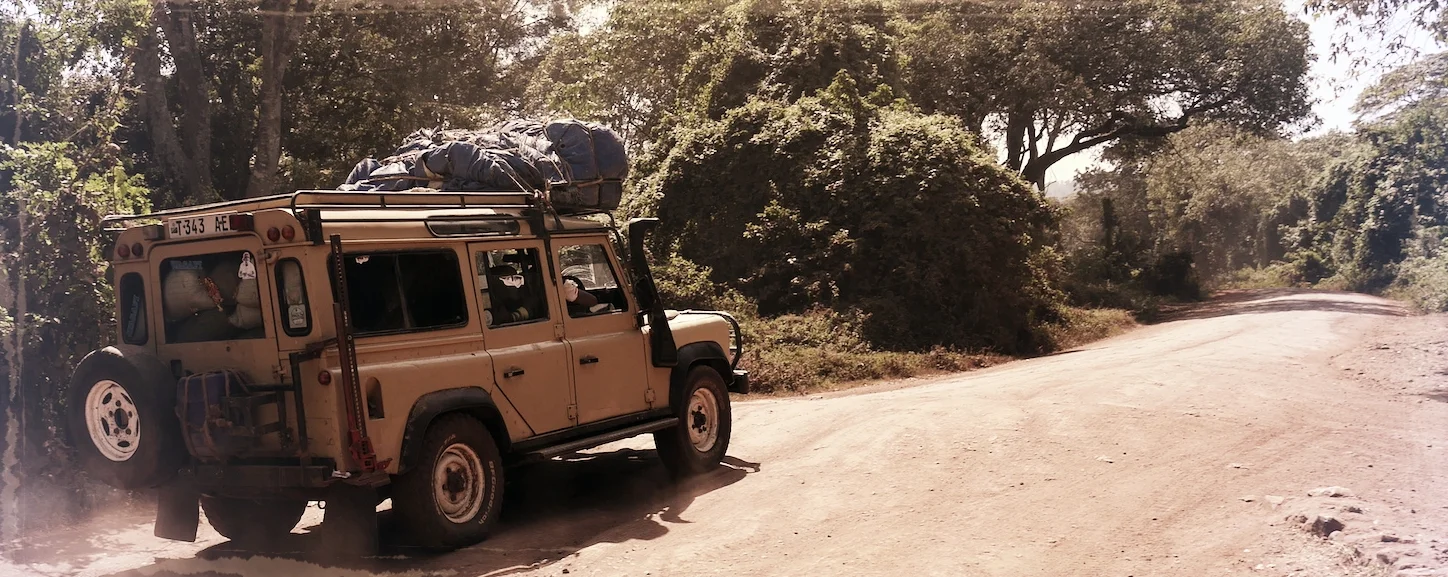In the story of Noah's Ark, a portion of the living world finds sanctuary in a pinch. I thought about that as our rig bounced down the steep track into Ngorongoro Crater, Tanzania.
The eighth wonder of the world
Tarangire
Valley of the giants
A stone-cold cauldron
Jesus trail report, 2017
Thirteen explorers from five U.S. states met at the opening of 2017 to walk the Jesus Trail. The Trail is a blazed course that passes through urban and rural regions of northern Israel-Palestine. Many sites of significance were encountered by the group; these give testimony to the deep and diverse history of the area known as Galilee.
A rat's tale
Houghing and uh-oh-ing
Sheep goats of the sky
Given the prominence of the phrase "sheep and goat" in the Bible, the propensity of contemporary herders to run "sheep and goat" together in the biblical heartland, it is striking to find "sheep and goat" together at the top of the Rocky Mountains. However, one must be cautious in carrying the analogy too far.
The sheep pass by
Sodom apples
Fragile Grass
I stand on top of the tumulus (burial mound) of a once-great Phrygian king. This earthen Ozymandias has no sneer, but rises, tired and worn, from a sea of gold. Hills roll away from my feet and disappear over the horizon. I tell myself again, this is modern Turkey. It might as well be Eastern Colorado. The wind whistles just the same.
Mediterranean Shrublands
Into the Dark Wood
We park the RHD (right hand drive) vehicle on the “wrong” side of the road and walk to the lookout. The mountains of Western Cyprus unfold. It is magnificent. One does not expect such vertical drama on an island. Clinging to crumbling slopes are some of the oldest trees on planet earth. I rehearse my paradigms. It is “highland forest” in Mediterranean style: windswept, cool, dry. Scientists use the term biome to describe regions with unique constellations of climate, fauna, and flora.
Swarming with Life!
The Biblical text swarms with life. Goats, trees, bees, and bears form part of a background against which prose narrative tells stories and poetic passages draw inspiration. Occasionally, the created order steps forward and occupies center stage: a lion mauls, an oak tree snares, a donkey speaks! Such moments are brief though, and nature returns to its more familiar role.
A Wee Wise Folk
The Green Goat
Desperate for a good night’s sleep, I exchange the Jesus Trail for asphalt. I backtrack up the highway to an Israeli hostel. It carries a most curious name: Yarok-Az, or the “Green Goat.” It is advertised as an “eco-friendly organic goat farm.” Such a description will charm a sticky tick out of a tight place. I tug the cinch strap on my pack, set my jaw, and make for a bunk.
And then I Stopped Breathing
Reptiles with Attitudes (and DNA Trails)
When it comes to apex predators, it is hard to imagine anything more terrifying than the Nile crocodile (Crocodylus niloticus).
This reptile grows to lengths of fifteen feet or more and can easily weigh a thousand pounds. In Africa’s muddy water it is without peer; even on land it can be deceptively quick. The Nile crocodile can do more than run: it can gallop! The size and mobility of this amazing creature, combined with an armor-plated hide, a bone-breaking tail, a fearsome maw of ivories, and an real bad attitude, make it a perfect killing machine.









